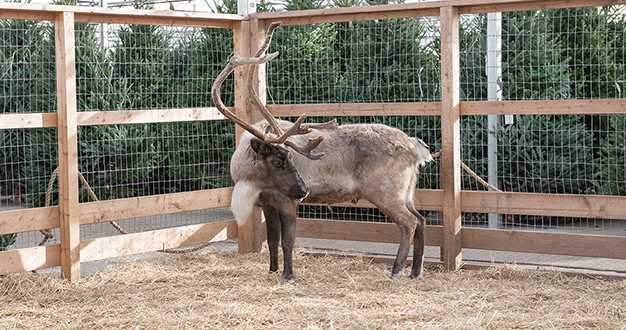
Watering outdoor plants probably doesn’t seem as crucial when temperatures drop in November. But when the weather is as dry as it’s been this fall, supplemental water is important for giving our trees, shrubs, and perennials the best chance of coming through winter healthy and ready for another growing season next year. Before the ground freezes solid, we should take steps to make sure our outdoor plants are getting the water they need to stay hydrated.
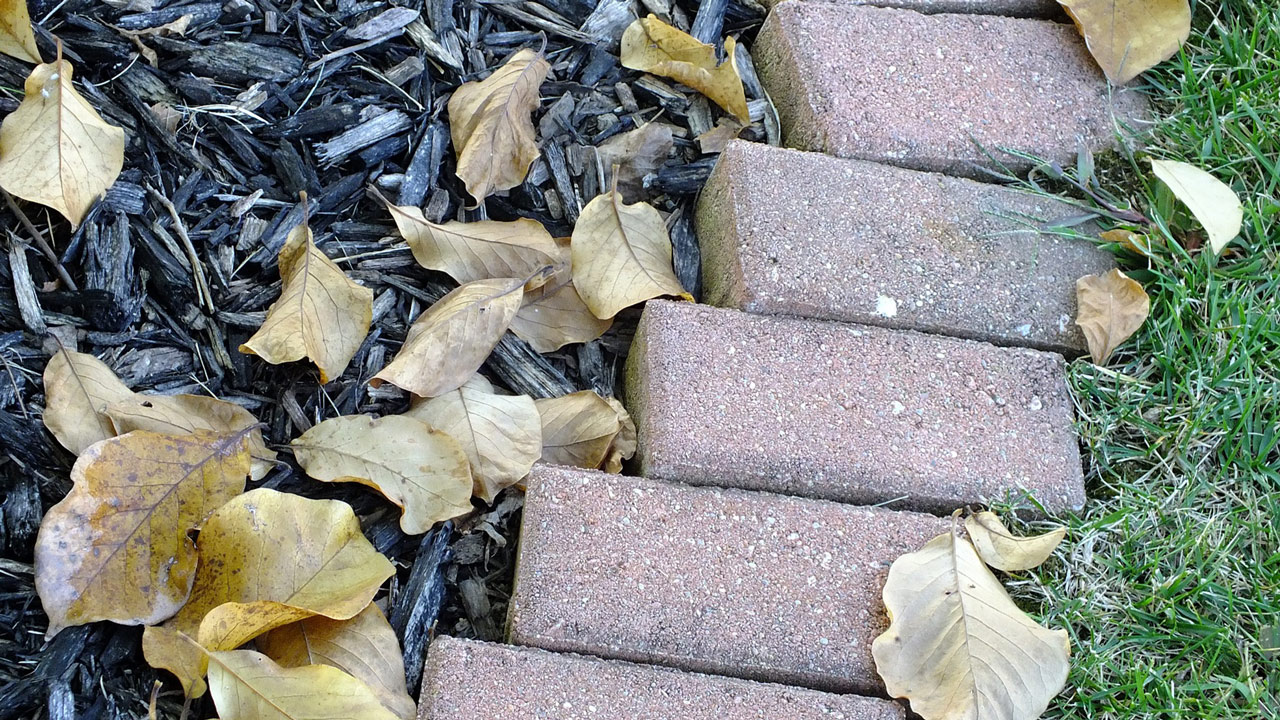
It’s Been a Dry Year
You might wonder why the plants in our landscapes need extra water now, even though the hottest days of summer are behind us. After all, with cooler weather, the trees are losing leaves, many flowers have disappeared, and wilting plants aren’t as much of a problem. But, our area is experiencing a dry period – in fact, local meteorologists say we’re over twelve inches behind in precipitation this year. It may come as a surprise that although some plants are starting to shut down for the season – and will go completely dormant by the time winter arrives – our hardy landscape plants never go completely asleep, and they need at least some moisture in the cooler months too.
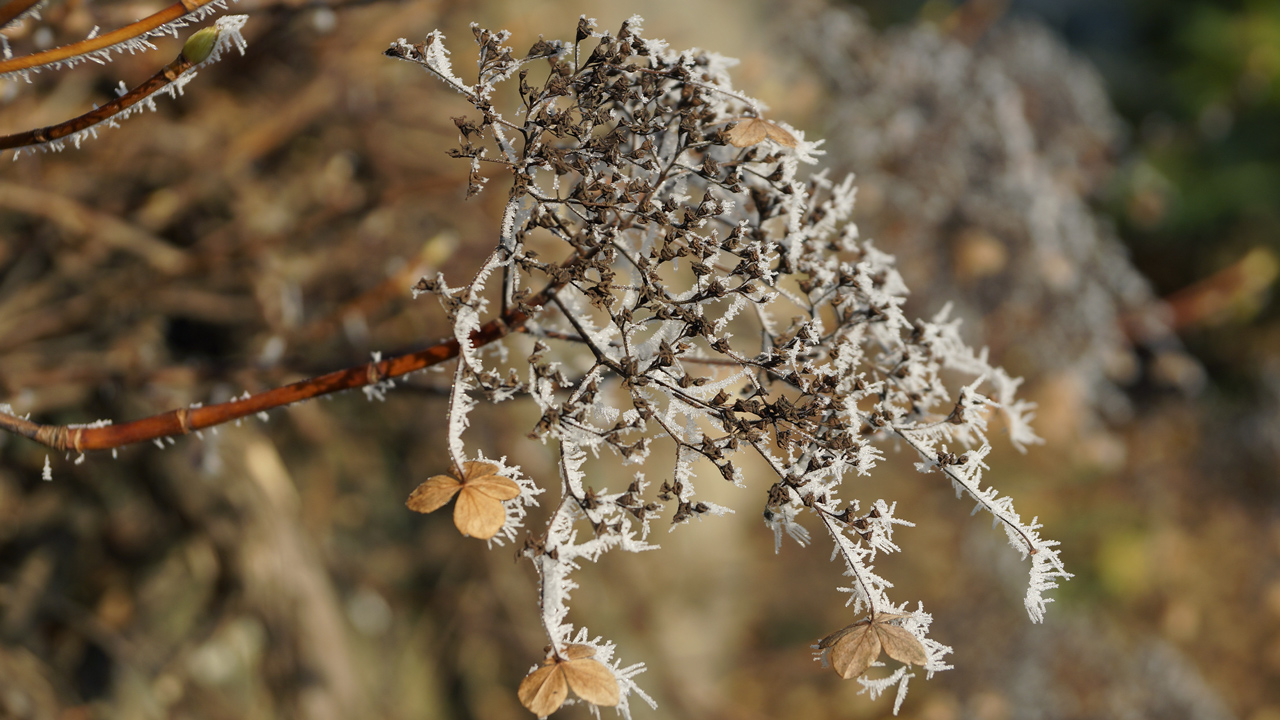
The Problems Caused by a Cold-Season Drought
As gardeners, we tend to think dry weather in the fall and winter isn’t a big deal and watering isn’t important once it’s cold. But long, dry periods in the fall and winter can lead to noticeable damage to some of our woody trees, shrubs, and herbaceous perennials. One reason is that without the insulating properties of water, dry soil allows frost to penetrate deeper into the soil. Dry soil is also more prone to cracking as it freezes and thaws. Frost and cracks expose tender roots to frigid temperatures and drying winds, particularly in exposed areas.
A dry fall or winter can have negative effects on above-ground parts of the plants too. Unfortunately, dormant plants can’t show us they need water – they look the same, thirsty or not. Low humidity and wind increase the rate at which landscape plants lose moisture through their stems and foliage. And when early spring comes, the affected plants may use stored energy to put out an encouraging show of new growth and flowers that leads us to believe everything is fine. But then, when summer’s warmth finally arrives, the damage caused by a dry winter may reveal itself in losses to parts of – or even entire – plants. Put it all together and a drought during the fall or winter can be even more damaging to plants than a summer one.
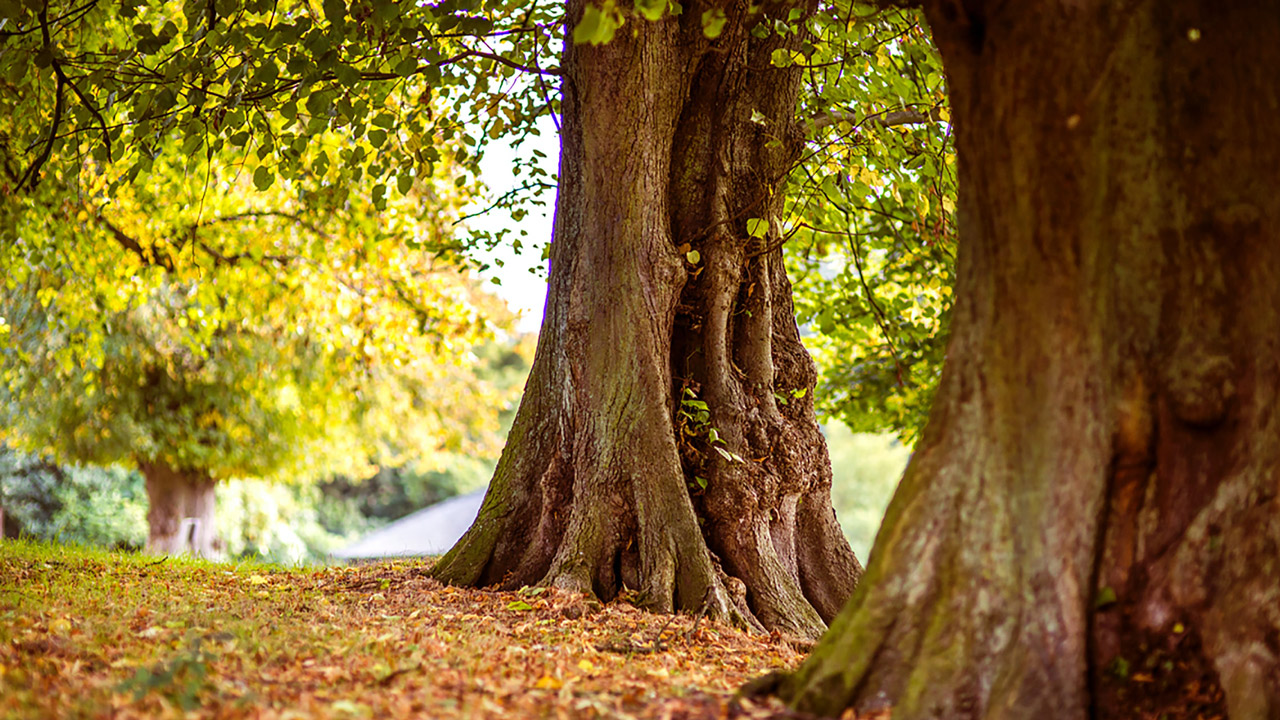
What to Water
Any of our landscape plantings would probably benefit from a drink now and then through the fall and winter, but there are some that are particularly sensitive to dry soil and drying winds during the cold weather. According to Colorado State University Extension, we should pay attention to trees and shrubs with naturally shallow root systems such as birch, linden, red and hybrid maples, willow, and dogwood. To this list, it’s good to add any type of newly planted trees, shrubs, roses, and herbaceous perennials, especially those planted since August. New plantings haven’t had time to establish deep root systems that can find moisture further into the soil.
Other groups to keep an eye on are the conifers – like pine, spruce, and fir – as well as broadleaf evergreens like boxwood and rhododendron. The foliage of these plants stays in place all year and continues to lose moisture in cold weather – moisture that can’t be replaced through the roots if the soil is dry or frozen. So, whatever their age, these types of plants are prone to over-drying in colder months.
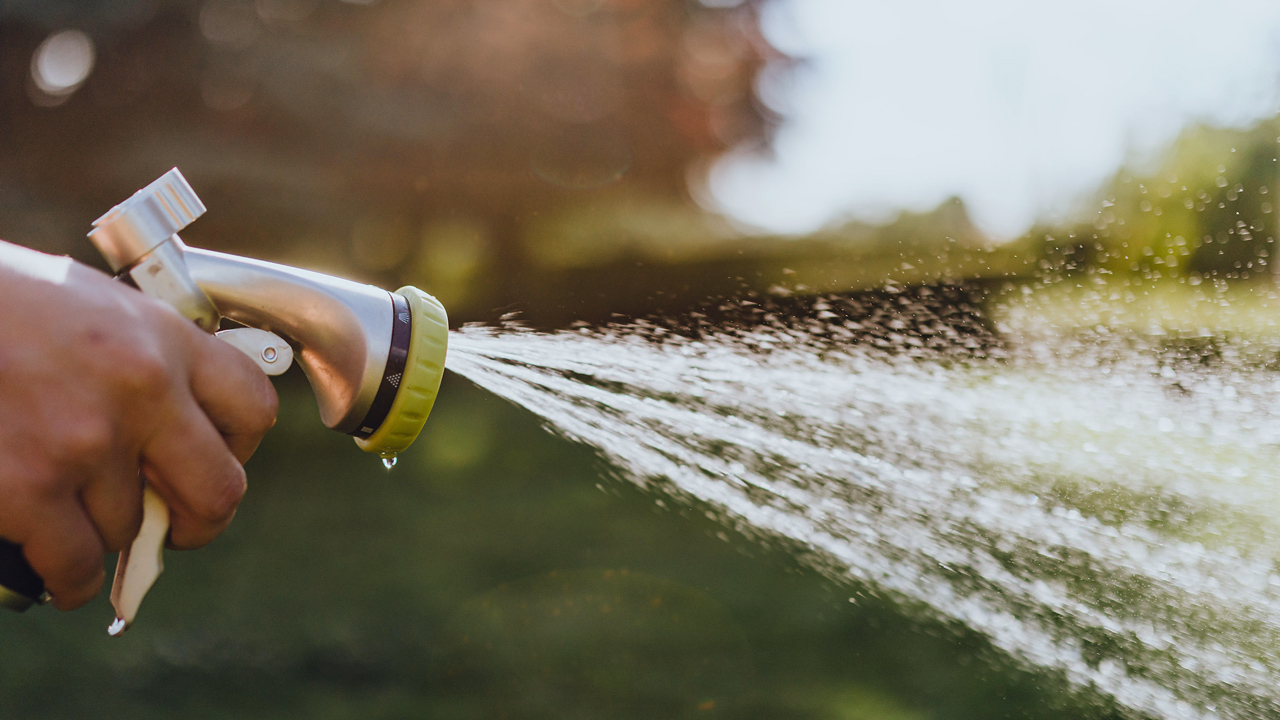
How to Water
Fortunately, there are ways to mitigate the effects of a fall or winter drought on our landscape plants. The most important way is to water our susceptible plants when natural precipitation is lacking like it has been recently. How much water your plants will need and how often depends on the type and size of each plant. For trees and large shrubs, Scott Evans of Nebraska Extension in Douglas and Sarpy Counties suggests giving ten gallons of water for every inch of trunk diameter and applying it all around the tree, staying underneath the canopy. Smaller shrubs can receive half that. For perennials, apply one gallon of water for every foot of plant height.
When you water, choose a nicer day above forty degrees so the water has a chance to soak deeply into the soil before it freezes. We don’t want to use our sprinkler systems once we get into colder weather though – when temperatures drop below freezing, the pipes could burst and cause flooding in the house. So as we move closer to winter, the best method for watering landscape plants is with a hose, applying a slow five- to ten-minute soak at multiple locations around each plant. Just remember to disconnect and drain the hose after each use to avoid damage to your plumbing.
And how often do we need to water? A lot depends on how much natural precipitation we’ve received and how windy it’s been. A great way to check soil moisture is by sticking a long screwdriver into the soil around your plants – if the screwdriver is difficult to push in and comes out dry, it’s time to water. In weather like we’ve had lately, Scott estimates that watering every two to three weeks may be necessary. The screwdriver is also good for checking later in the season to see if the surface of the ground is frozen. If the soil is frozen, don’t water – any water you apply will just run off without soaking in. If we get a warm spell later in the winter, and the ground warms up again, you can resume watering if we haven’t had much snow.
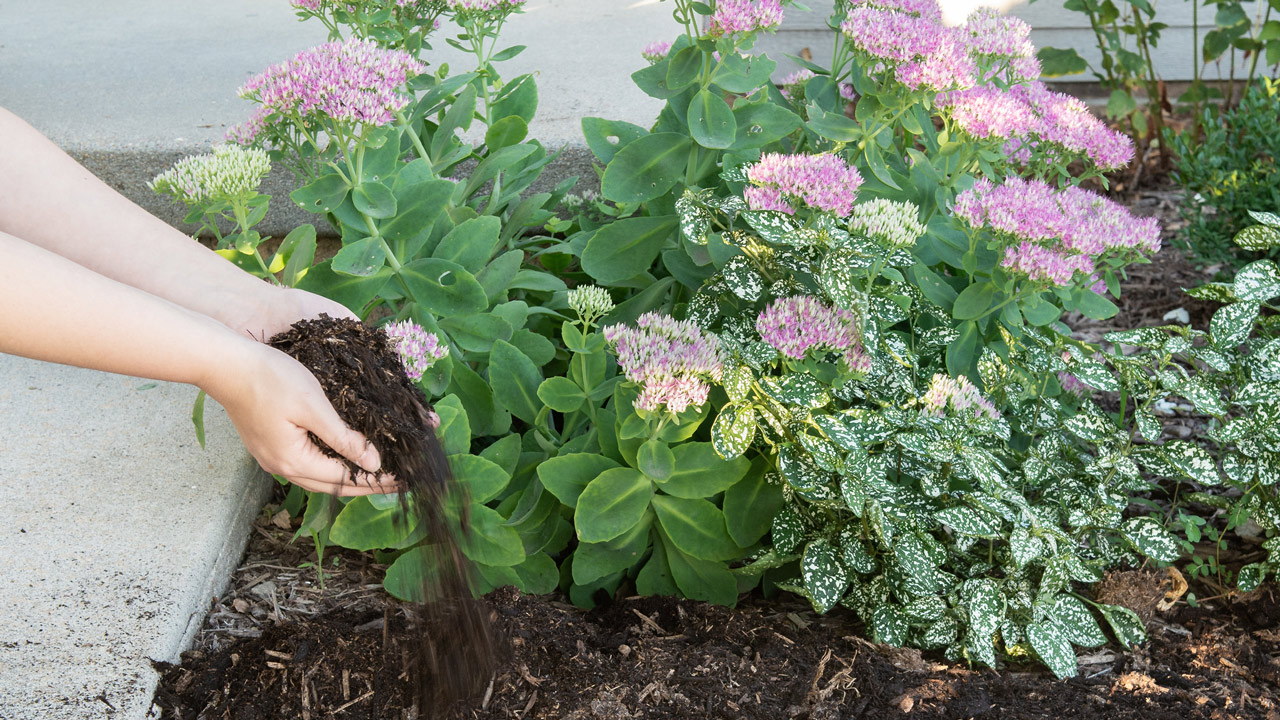
Other Winter Measures
Once our plants are hydrated, we can help them conserve that valuable soil moisture by applying a layer of mulch. Mulch also acts like a blanket to help protect the soil from extreme temperature fluctuations that can cause heaving and cracking. And to reduce the amount of moisture lost from evergreen foliage, we can use a product called Wilt-Pruf. It’s made from pine oils, and when sprayed on conifers and broadleaf evergreens, it creates an invisible protective coating that helps the foliage maintain moisture. To work properly, Wilt-Pruf should be applied when temperatures are above forty degrees, so it’s best to choose a nice day to spray it.
Water Now for a Healthy Landscape
Even though it may get chilly during these fall and winter months, your landscape plants still need a drink to stay healthy all winter and make a beautiful comeback in the spring. If you have any questions about watering, mulching, or applying Wilt-Pruf, come visit with one of our team members – we’re always happy to help.


